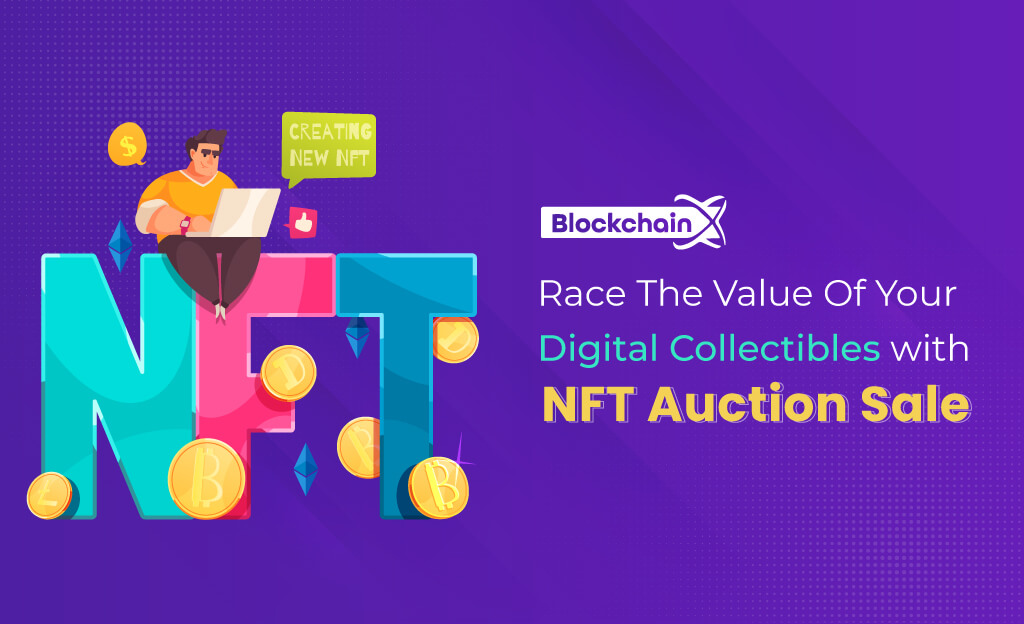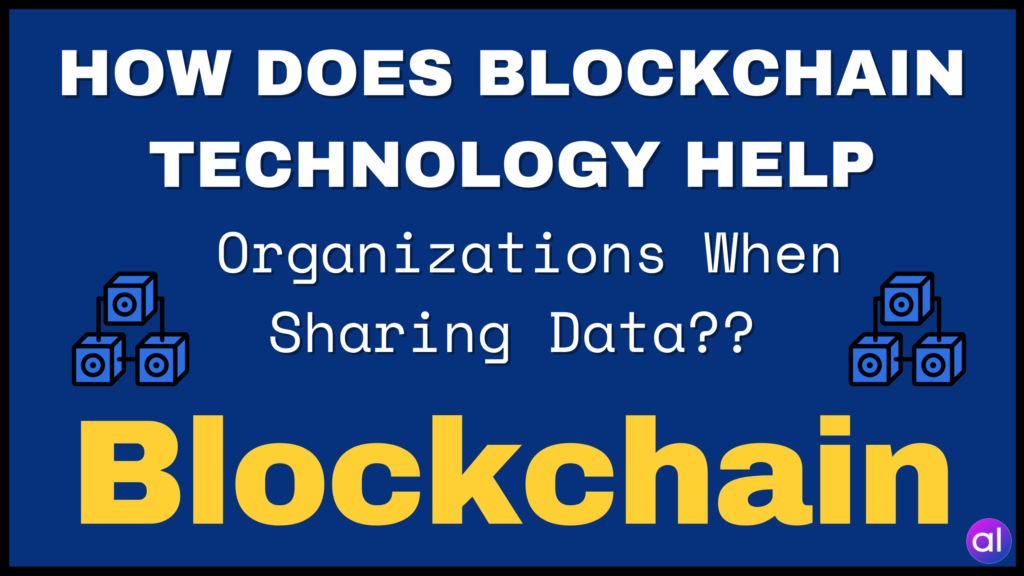
The digital realm has been incredibly captivating and continuously evolving over the years, with new developments emerging almost daily. NFTs have played a significant role in this space, pushing boundaries and exploring new possibilities. But have you ever wondered how NFTs gain and maintain their value?
NFT sales and auctions for art play a crucial role in this process. Creators bring their ideas to life and digitize them through minting processes in NFT marketplaces or launchpads, creating spaces to showcase their projects. The value of NFTs continues to rise through sales, resales, and transfers from one wallet to another, allowing projects to generate liquidity and profits. Let’s delve deeper into NFT sales, particularly NFT auctions.
What Is NFT Sale?
Non-fungible tokens are unique digital assets backed by decentralized smart contracts. These assets have inherent value within blockchain networks, with their uniqueness adding rarity and value.
NFT trading involves buying and selling these digital assets in a space where ownership, authority, and claims are digitized.
Creators or sellers can list their assets in NFT marketplaces for direct sale or auction. Buyers can acquire these assets using cryptocurrency or fiat currency, with the transfer of value and NFTs occurring between their respective wallets.
In the case of NFT auctions, the process is slightly different. Let’s explore what NFT auctions entail in more detail.
Detailing NFT Auction For Art And Its Attributes
NFT auctions have gained popularity following the sale of Beeple’s NFT – an American digital artist whose work “Everyday: The First 5000 Days” made waves in the global art market.
NFT auctions involve bringing bidders into the NFT marketplace or sale platform, where they compete to become the future owners of the listed assets.
As the seller sets a base price and a specific time for the auction, interested bidders participate by placing bids for the NFT. The highest bidder at the end of the auction claims the asset and becomes its rightful owner.
With proper documentation and legal contracts, the NFTs are transferred from the seller’s wallet to the winning bidder’s wallet, along with the bidding value.
Bidding And Bidders
Bidding involves interested buyers competing to claim the asset being auctioned. The seller sets minimum prices for the NFTs, and bidders incrementally raise their bids until the highest bidder wins ownership of the NFT.
Marketplaces usually require bidders to have sufficient cryptocurrency or fiat currency to participate in the bidding process, ensuring transparency and fairness.
Process Involved In NFT Auction Sale – For The Seller
NFT listing
Sellers list their NFTs on available marketplaces like Opensea or Raible, or host their own marketplace or launchpad for project facilitation.
Prices set up
Creators provide detailed descriptions and pricing for their NFTs, setting the minimum cost for the asset.
Time limit
Sellers establish start and end times for the auction, usually spanning more than a day to allow ample bidding time.
Time extension
Sellers can extend or shorten the auction based on demand and preferences, ensuring flexibility in the process.
End of bidding
Once the bidding period concludes, the highest bidder is determined, and the asset is transferred to their wallet after the necessary protocols are met.
Transfer
The seller receives the highest bidding value, while the buyer obtains the NFT in their wallet address, completing the transaction.
Process Involved In NFT Auction Sale – For The Buyer
Marketplace sign up
Buyers sign up on NFT marketplaces or project-specific platforms, integrating their wallets for seamless transactions.
Pick asset
Buyers choose the NFT they wish to acquire through the auction process.
Bidding and winning
Buyers participate in the auction by placing bids, with the highest bidder claiming the asset at the end of the auction.
Transfer of asset
Once the legal requirements are met, the winning bidder receives the NFT in their wallet, while the bidding value is transferred to the seller’s wallet.
NFT Auctions Are Of Different Types
Timed Auction (or) English Auction
Interested buyers bid on assets within a set timeframe, with the highest bidder acquiring the asset at the end of the auction.
Dutch Auction
In this type of auction, prices start high and decrease over time, with the seller accepting a bid they deem appropriate.
Participation Admission
Auctions may have open or closed participation, with sellers controlling who can bid based on invite-only or open bidding criteria.
Market Per Capita
NFTs and NFT auction sales have garnered significant interest from investors and buyers worldwide, with competition and high-profile creatives driving the market forward.
With NFTs expanding into various industries and sectors, the concept of Phygital NFTs, combining digital and physical elements, holds promise for the future.
Popular NFT Sale
1. Everydays: the First 5000 Days — $69.3m
2. Pak’s ‘The Merge’ — $91.8m
3. Clock — $52.7m
4. Beeple’s HUMAN ONE — $28.985
5. CryptoPunk #7804 — $7.6m
Conclusion
We witness constant changes and adaptations in the digital world, with NFTs and NFT auction sales poised for a bright future. For those looking to scale their projects in the NFT space, blockchain development services can provide simplified solutions to explore new creative possibilities.



